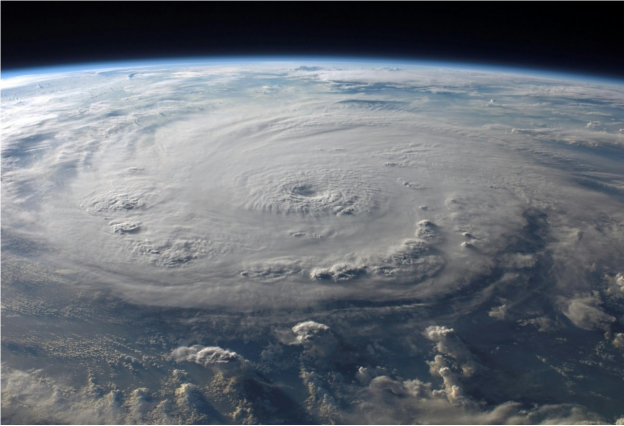
Clearwater, Florida, a coastal city known for its stunning beaches and vibrant community, is no stranger to the threat of hurricanes. Over the years, the city has experienced its fair share of devastating storms, prompting a continual evolution in hurricane preparedness strategies. In this blog, we will delve into the evolution of hurricane preparedness in Clearwater, focusing on the lessons learned and the strategies implemented to mitigate the impact of these powerful storms.
Early History of Hurricane Preparedness in Clearwater
In the early history of hurricane preparedness in Clearwater, Florida, the region faced numerous devastating storms that left a lasting impact on the community. Clearwater's location along the Gulf Coast makes it particularly vulnerable to hurricanes, which are powerful tropical cyclones capable of causing widespread destruction.
Historical records indicate that Clearwater has experienced several significant hurricanes over the years, including the Great Gale of 1848 and Hurricane Elena in 1985. These storms caused extensive damage to property and infrastructure, highlighting the need for improved regional preparedness measures.
Additionally, the region's rapid population growth and development increased its vulnerability to hurricanes, as more people and infrastructure were exposed to the dangers of these storms. The lack of stringent building codes and regulations further exacerbated the situation, leading to greater damage and loss of life during hurricanes.

The Development of Modern Hurricane Tracking and Forecasting
The development of modern hurricane tracking and forecasting has revolutionized the way we prepare for and respond to hurricanes. Advancements in meteorological science, such as the use of satellites, weather balloons, and computer models, have significantly improved our ability to predict the path and intensity of hurricanes with greater accuracy.
Meteorologists can now track hurricanes days in advance, giving communities more time to prepare and evacuate if necessary. This early warning system has saved countless lives and reduced the impact of hurricanes on communities around the world.
Improved forecasting has also influenced preparedness strategies in several ways. First, it has allowed emergency managers to make more informed decisions about evacuations and resource allocation. By knowing where a hurricane is likely to make landfall and how strong it is expected to be, authorities can better determine which areas are at greatest risk and take appropriate action.
Infrastructure and Building Codes
Infrastructure and building codes play a crucial role in reducing the damage caused by hurricanes. In recent years, there has been a significant focus on implementing stricter building codes in hurricane-prone areas like Clearwater. These codes are designed to ensure that buildings and structures can withstand the strong winds and flying debris associated with hurricanes.
One key aspect of these codes is the requirement for hurricane-resistant materials and construction techniques. This includes using impact-resistant windows, reinforced roofs, and secure door systems. By retrofitting existing buildings and constructing new ones to these standards, communities can greatly reduce the risk of damage during hurricanes.
Additionally, the role of infrastructure in reducing hurricane damage cannot be overstated. Well-designed infrastructure, such as seawalls, levees, and drainage systems, can help to protect coastal communities from storm surges and flooding. By investing in resilient infrastructure, communities can minimize the impact of hurricanes and improve their overall resilience to extreme weather events.
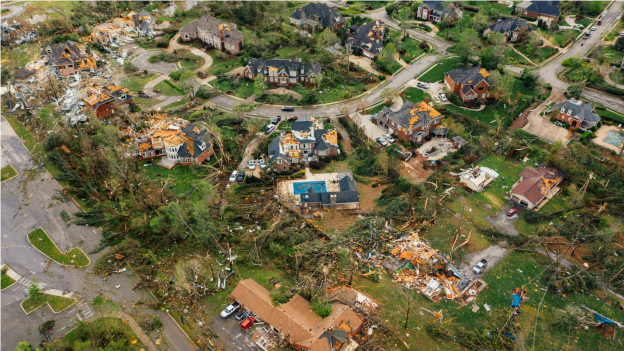
Evacuation Plans and Emergency Response
Evacuation plans and emergency response strategies have evolved significantly in Clearwater, Florida, in response to lessons learned from past hurricanes. Early evacuation efforts were often ad hoc and lacked coordination between local authorities and emergency services. However, as the understanding of hurricane behavior and forecasting improved, so too did evacuation planning.
The evolution of evacuation orders and routes reflects this progress. Clearwater now has well-defined evacuation zones and routes, which are communicated to the public through various channels, including local media and official government channels. These plans are regularly updated based on the latest forecast information to ensure residents can evacuate safely and efficiently.
Coordination between local authorities and emergency services has also improved over time. Clearwater now has dedicated emergency management teams that work closely with other agencies, such as law enforcement, fire departments, and transportation authorities, to coordinate evacuation efforts. This coordination ensures that resources are deployed effectively and that evacuations proceed smoothly.
Technological Advancements in Preparedness
Technological advancements have significantly enhanced hurricane preparedness and response efforts in Clearwater, Florida. One such advancement is the use of drones for damage assessment. Drones equipped with high-resolution cameras can quickly and safely survey affected areas, providing real-time images and data to emergency responders. This information helps prioritize response efforts and allocate resources more effectively.
Improved communication systems during emergencies have also been instrumental in enhancing preparedness. Clearwater now utilizes advanced communication technologies, such as satellite phones and emergency alert systems, to quickly disseminate information to residents and emergency personnel. These systems allow for timely evacuation notices, weather updates, and safety instructions, helping to minimize loss of life and property damage.
The impact of technology on enhancing preparedness and response goes beyond drones and communication systems. Geographic Information Systems (GIS) are used to map out evacuation routes, shelters, and areas prone to flooding, providing crucial information for planning and response efforts. Social media platforms and mobile applications are also utilized to disseminate information and connect residents with resources during emergencies.
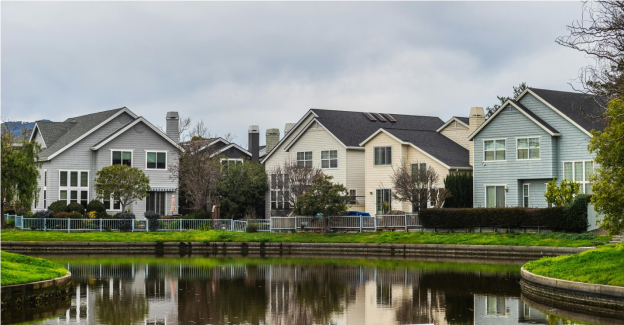
Challenges and Future Directions
Despite advancements in hurricane preparedness, Clearwater still faces persistent challenges in effectively mitigating the impact of these storms. One such challenge is the difficulty in accurately predicting the intensity and path of hurricanes, which can lead to uncertainty in evacuation planning and resource allocation. Additionally, the rapid growth and development of coastal areas increase the vulnerability of communities to storm surges and flooding, highlighting the need for improved infrastructure and building codes.
Looking toward the future, there are several emerging trends and technologies that could help improve Clearwater's hurricane preparedness. One trend is using artificial intelligence and machine learning to analyze large amounts of data and improve hurricane forecasting models. These technologies could lead to more accurate predictions, allowing for better-informed decisions and more targeted evacuation efforts.
To further improve Clearwater's hurricane preparedness, it is recommended that the city continue to invest in resilient infrastructure, such as seawalls and drainage systems, to protect against storm surges and flooding. Additionally, ongoing public education and outreach efforts are crucial to ensure that residents know evacuation procedures and safety precautions.
Are you prepared for the next hurricane?
Learn from the evolution of hurricane preparedness in Clearwater and discover how Flood Pros USA can help. Our immediate flood restoration services ensure 24/7 flood cleanup assistance for fast emergency flood recovery. When you need professional flood damage restoration in Clearwater, count on Flood Pros USA for effective flood damage repairs. Contact us!
Subscribe to Flood Pros USA's Blog

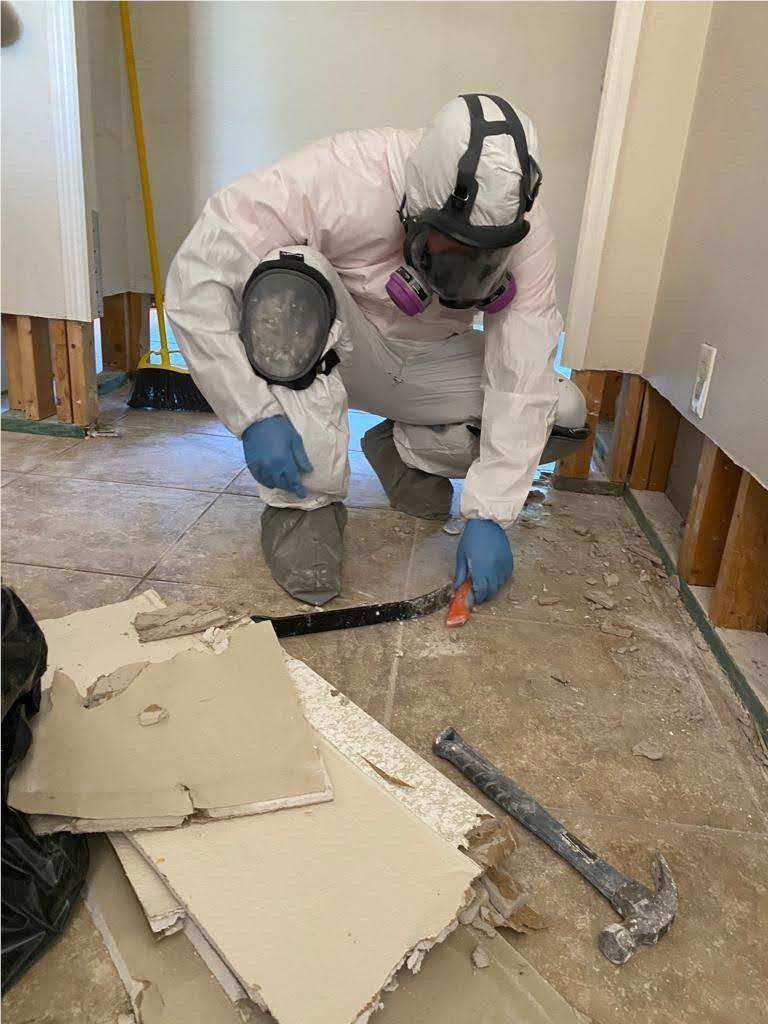


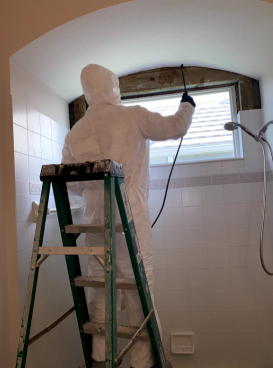
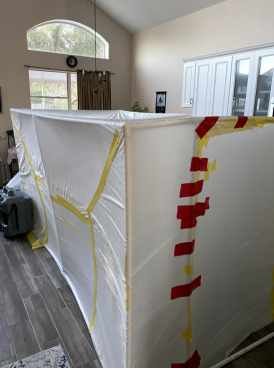

Comments